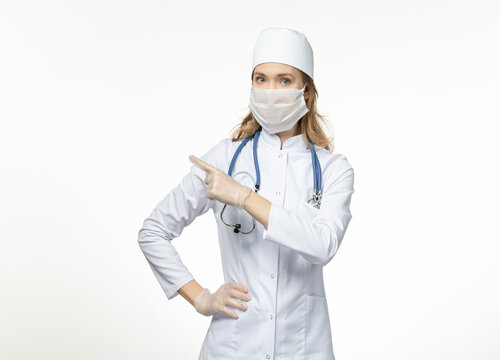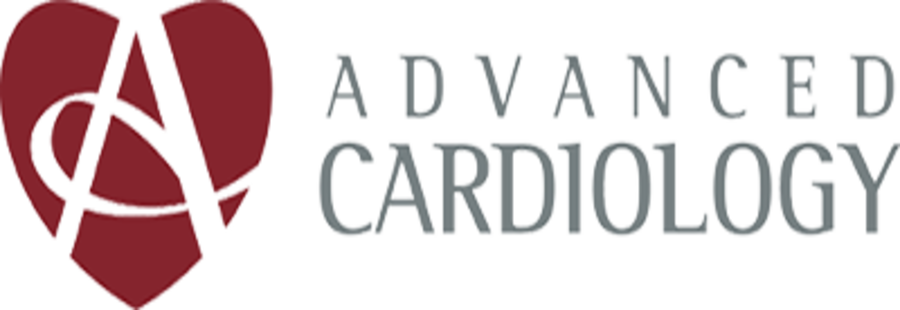Cardiac Stress test involves exercising on a treadmill while you are closely monitored. It helps determine how well your heart tolerates activity, evaluate the function of your heart and valves, determine your likelihood of having coronary artery disease and evaluate the effectiveness of your cardiac treatment plan. This unique modality is more specific than the thallium stress test without the harmful radiation exposure.”
What Is the purpose of the Stress Echocardiogram?
This test combines an ultrasound of your heart and a stress test. The purpose of the test is to compare the images of the heart muscle before and after it is stressed. In a healthy heart, all areas of the heart pump harder during exercise. Abnormal movement of the heart may mean that there is a blockage in the coronary artery that supplies blood to that area. Abnormal heart wall motion may be seen at rest if there was a previous heart attack. If an artery is only partially blocked, and there has not been any heart damage, the motion of the heart is usually normal at rest, but may be temporarily abnormal during or immediately after exercise.
The CHARM Clinic team consist of Heart Failure and Heart Transplant specialist, Cardiologist, Internal Medicine, Heart Function Nurse, Respiratory therapist, Echocardiogram and Stress Test Technicians.

Cardiac Stress test involves exercising on a treadmill while you are closely monitored. It helps determine how well your heart tolerates activity, evaluate the function of your heart and valves, determine your likelihood of having coronary artery disease and evaluate the effectiveness of your cardiac treatment plan. This unique modality is more specific than the thallium stress test without the harmful radiation exposure.”
What Is the purpose of the Stress Echocardiogram?
This test combines an ultrasound of your heart and a stress test. The purpose of the test is to compare the images of the heart muscle before and after it is stressed. In a healthy heart, all areas of the heart pump harder during exercise. Abnormal movement of the heart may mean that there is a blockage in the coronary artery that supplies blood to that area. Abnormal heart wall motion may be seen at rest if there was a previous heart attack. If an artery is only partially blocked, and there has not been any heart damage, the motion of the heart is usually normal at rest, but may be temporarily abnormal during or immediately after exercise.
The CHARM Clinic team consist of Heart Failure and Heart Transplant specialist, Cardiologist, Internal Medicine, Heart Function Nurse, Respiratory therapist, Echocardiogram and Stress Test Technicians.

If your doctor ordered an exercise stress echocardiogram, you will use a treadmill. It will start out slowly and gradually increase in speed and/or resistance. Your heart rate and blood pressure will gradually rise. This is normal and both will be monitored along with your EKG. You will be encouraged to exercise for as long as you can, as this will increase the accuracy of the test. If you experience symptoms, such as chest/arm discomfort, unusual shortness of breath, or lightheadedness, immediately inform the exercise physiologist monitoring the test. Immediately following peak exercise, you will move quickly to the examination table. A second echocardiogram will be done while your heart rate is still elevated.
When your test is completed, you may be asked to schedule an office visit with your physician to discuss the test results, or your physician may choose to call you with the results.
Please do not ask the testing staff for your test results.

If your doctor ordered an exercise stress echocardiogram, you will use a treadmill. It will start out slowly and gradually increase in speed and/or resistance. Your heart rate and blood pressure will gradually rise. This is normal and both will be monitored along with your EKG. You will be encouraged to exercise for as long as you can, as this will increase the accuracy of the test. If you experience symptoms, such as chest/arm discomfort, unusual shortness of breath, or lightheadedness, immediately inform the exercise physiologist monitoring the test. Immediately following peak exercise, you will move quickly to the examination table. A second echocardiogram will be done while your heart rate is still elevated.
When your test is completed, you may be asked to schedule an office visit with your physician to discuss the test results, or your physician may choose to call you with the results.
Please do not ask the testing staff for your test results.

© Advanced Cardiology. All right reserved.

